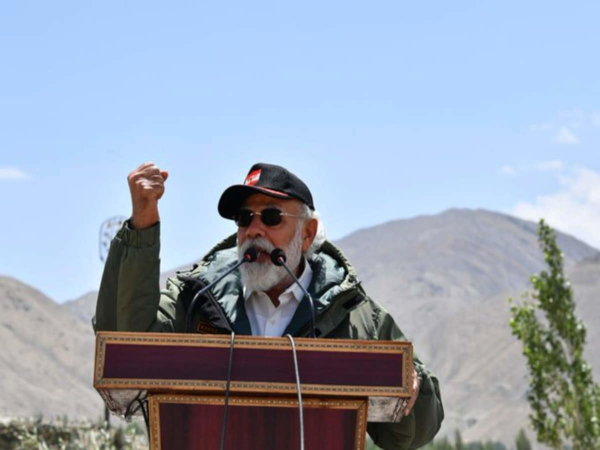Chinese Army has moved back tents, vehicles and troops by 1-2 km from locations where disengagement was agreed upon at Corps Commander level talks, news agency ANI reported today quoting Indian Army Sources. It further said that the Chinese heavy armoured vehicles are still present in depth areas in the Galwan river area. Indian army is monitoring the situation with caution. This development comes days after 20 Indian soldiers died in the clash with the Chinese Army at the Galwan Valley.
The ANI report said that disengagement of Indian and Chinese troops in Galwan, Ladakh has begun. This is a result of intense diplomatic, military engagement and contacts in the past 48 hours. However, details of the disengagement process are awaited. These meetings followed Prime Minister Narendra Modi’s visit to Leh where a decisive and firm message was sent out to China.
Sources further told the news agency that India’s responsible stance and message at LAC has been globally recognised.Those invested in India-China relationship in Beijing are also of the opinion that the present stand-off should be resolved. India has sent out a decisive message that national security is paramount for the country.
Meanwhile, news agency PTI also reported government sources as saying that the disengagement of the Chinese troops has started as per an agreement between the Corps Commander’s of the two side. Similar movement of vehicles of the Chinese Army was seen at Gogra Hot Spring area, PTI quoted sources as saying.
Source: PTI
Image Courtesy:The Economic Times
You may also like
-
IAF Aircraft Set Course For Exercise Eastern Bridge VII At Oman
-
IAF Set To Host The Indian Defence Aviation Exposition-II At Jodhpur
-
Defence Secretary to co-chair 5th India-Philippines Joint Defence Cooperation Committee meeting in Manila
-
Simultaneous Launch Of ‘malpe And Mulki’, Fourth And Fifth Ships Of Asw Swc (Csl) Project
-
Aatmanirbharta in Defence: MoD signs Contract with HAL for 240 AL-31FP Aero Engines for Su-30MKI Aircraft
